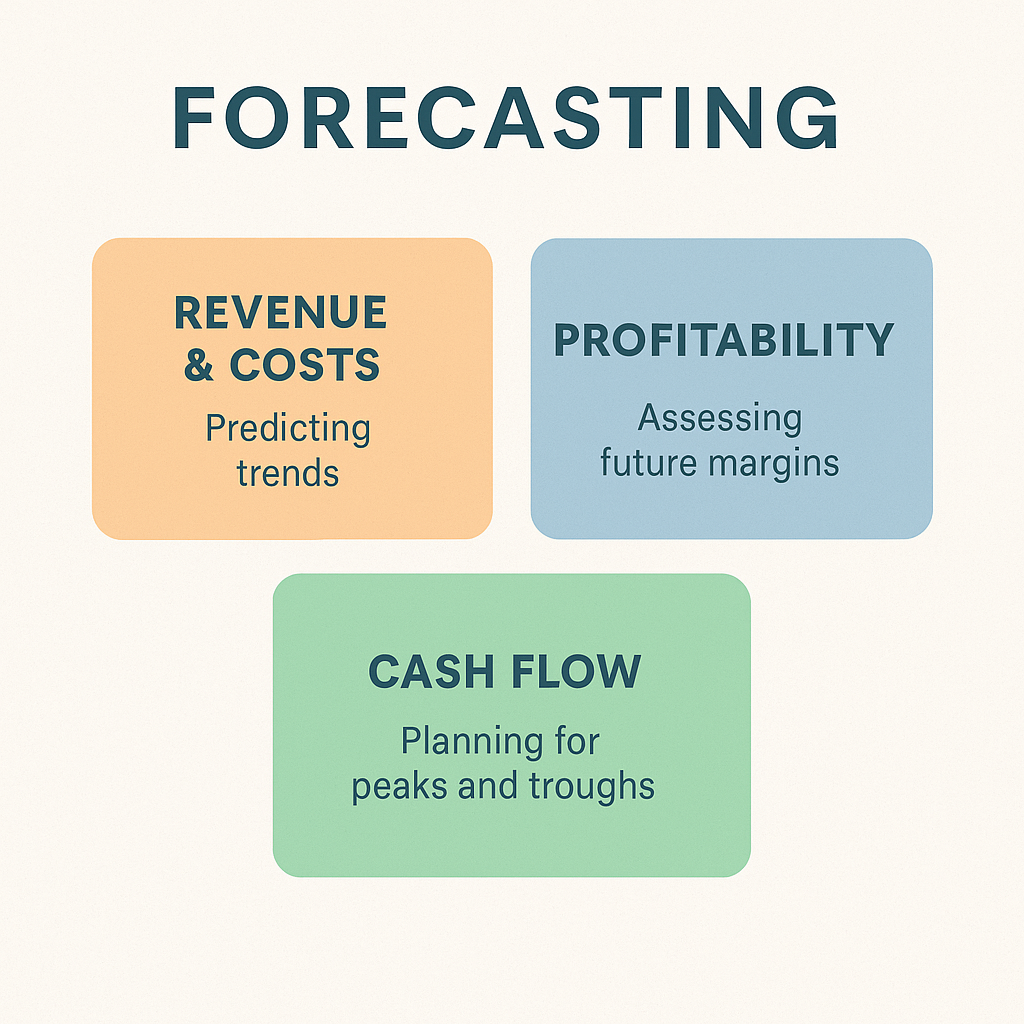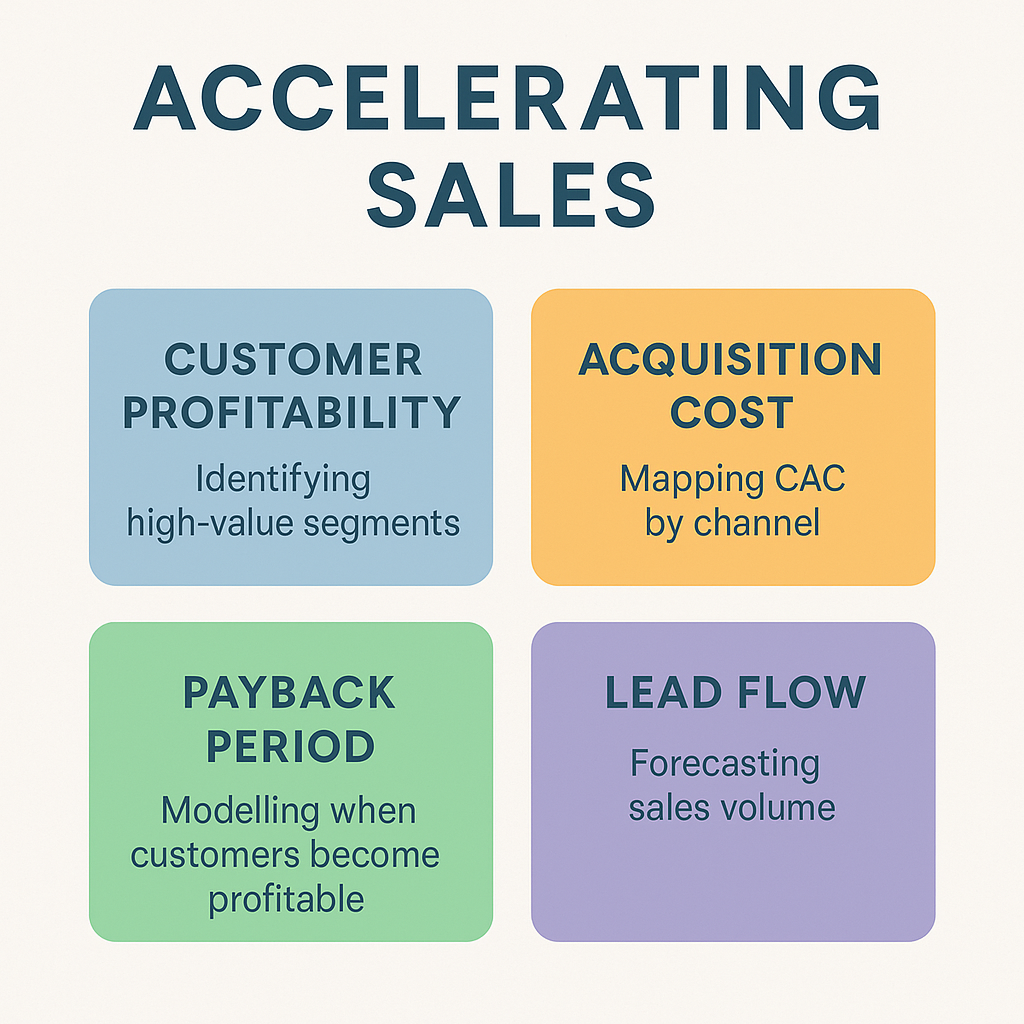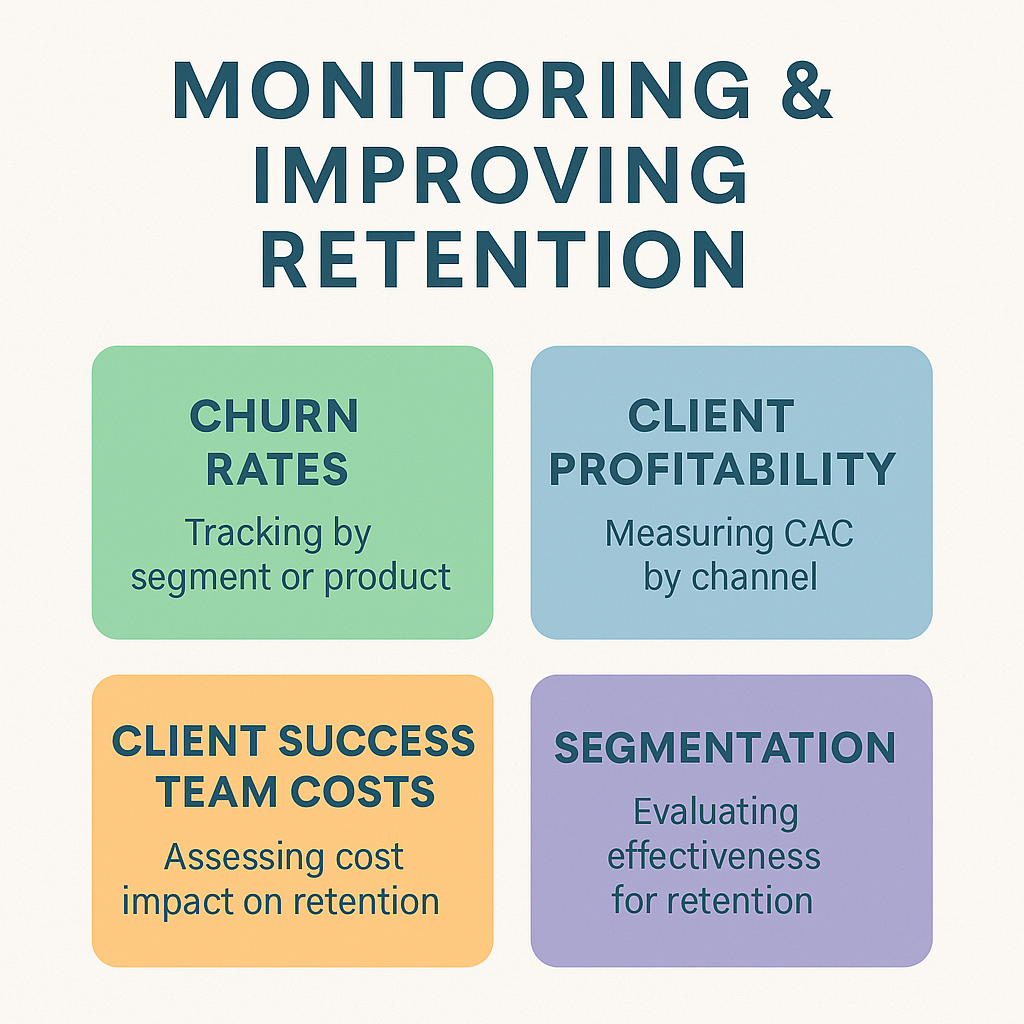By
Beatriz Jardim
July 24, 2025

As a SaaS founder or leader, you’ve probably spent years building a great product, winning your first customers, and assembling a talented team. But as the business scales, the questions become more complex, and the margin for error shrinks. Suddenly, you’re navigating decisions about investor funding, CAC payback periods, revenue forecasting, and enterprise valuations. That’s where financial management shifts from being a necessary function to a real growth lever.
At Directive Finance, we help early and growth-stage SaaS companies transform financial complexity into growth opportunities. This article will guide you through the key areas where high-quality financial insight can help you scale with confidence, and explain why building a strong financial foundation early can make all the difference, whether you’re aiming for sustainable growth, a funding round, or even an eventual sale.
Every founder knows their MRR (Monthly Recurring Revenue). But high revenue numbers alone don’t tell the full story, especially in SaaS, where growth can sometimes mask underlying profitability issues.
Top-class financial management helps you:
An experienced outsourced finance team helps set up the right financial reporting frameworks so your monthly management accounts become tools for insight, not just compliance.
SaaS businesses grow fast, and the bigger you get, the harder it is to turn quickly. Forecasting gives you forward visibility, helping you avoid nasty surprises and capitalise on upside opportunities.
Good forecasting answers questions like:

It’s not just about building a big spreadsheet, it’s about linking your commercial strategy with your financial model. At Directive Finance, we work closely with CEOs and leadership teams to create rolling forecasts that actually reflect reality, not just best-case scenarios.
3. Managing Staff Costs and Headcount Growth
Hiring is often your biggest investment, and biggest risk, as a SaaS company scales. Mismanaging headcount can burn cash, dent morale, and damage your culture.
Top-tier financial oversight gives you:
We often help SaaS leaders make difficult but necessary decisions, whether it’s holding off on a new hire until the numbers support it, or accelerating recruitment after a successful funding round. The goal is always the same: growth with control.
If you’re looking to raise funding or prepare for a potential sale, your financials play a huge role in how your business is valued.
SaaS valuation is typically a multiple of revenue, but that multiple depends on factors like:
By presenting clean, investor-grade financials, and demonstrating strong controls and commercial understanding, you can often significantly improve your valuation. We’ve seen businesses increase their valuation multiple just by tightening up reporting, improving forecasting, and demonstrating a clearer path to profitability.
In a fast-moving SaaS business, every pound counts. Whether you're bootstrapped or VC-backed, you need to ensure that your budget is working as hard as possible.
A solid financial strategy helps you:
We help SaaS leadership teams move from reactive spending to proactive planning, with live budget tracking that supports agile decision-making.
SaaS companies often overlook valuable tax reliefs, or struggle to navigate them without specialist help.
For example:
Directive Finance works with specialist tax advisors to ensure you're not leaving money on the table, while staying compliant and credible.
One of the most important, and underappreciated, parts of SaaS finance is understanding which clients are actually profitable.
You might be surprised how many SaaS businesses have negative margins on some of their biggest customers. Why? Often because:
We help businesses analyse their customer base by gross margin, LTV, CAC, and support cost, so they can focus on acquiring and retaining the right kind of customers.
Everyone wants to grow faster. But accelerating sales without understanding your financial data can lead to wasteful spend, cashflow strain, or misaligned teams.
By linking customer profitability, acquisition cost, and retention data, you can make much smarter decisions about how, and when, to invest in sales and marketing.
Here’s what that looks like in practice:

With these insights, you’re no longer guessing whether to increase your ad spend or hire another BDR, you’re making a strategic decision, backed by data.
We’ve worked with SaaS teams who were spending heavily on acquiring customers that never became profitable, and others who were sitting on untapped channels that offered 2x ROI. The difference is having the right numbers, in the right format, at the right time.
Retention is where SaaS wins or loses. A modest improvement in churn can double your LTV and transform your valuation.
But too many businesses treat churn as a standalone metric. In reality, it’s connected to:
Top-class financial management allows you to:
We often help SaaS founders reframe the retention challenge: not just “How do we stop people leaving?” but “Which clients should we double down on, and which ones aren’t a good fit?”

In some cases, dropping unprofitable segments has improved retention, boosted margins, and given client success teams more time to focus on high-value users. That’s the power of combining commercial insight with operational action.
As your SaaS business grows, so does the complexity, and the opportunity. Great financial management isn’t about drowning in spreadsheets. It’s about:
At Directive Finance, we help SaaS founders and leadership teams simplify the numbers and turn them into real growth levers. Whether you’re looking to build better systems, prepare for investment, or just get more clarity on where to focus next - we’re here to help.
If you're a SaaS founder or leadership team looking to bring clarity, control, and commercial focus to your finances, let's talk.
👉 Book a free financial strategy session
Got 5 mins? Get your FREE online Financial Growth Assesment now!
Simply answer 25 questions and we’ll help you uncover expert curated insights on how well you’re using finance to drive your business forward.


